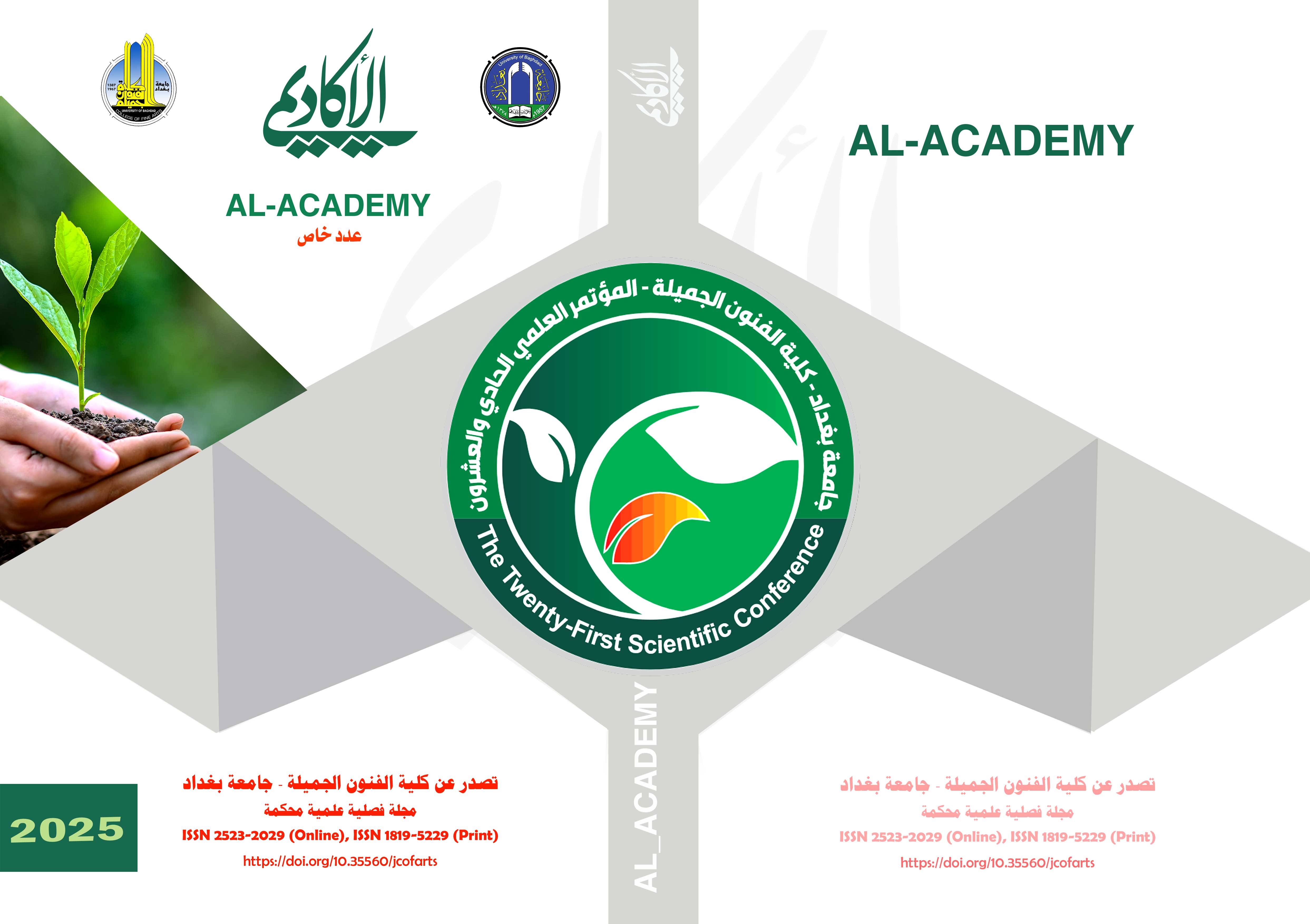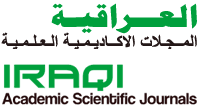The Sustainable Environment for Exhibition Spaces in Land Art
DOI:
https://doi.org/10.35560/jcofarts1590Keywords:
Environment, Sustainable, Space, Exhibition, Land ArtAbstract
Environmental conditions have long dictated the evolution of art across time and space. Throughout history, humans have engaged with their surroundings in pursuit of various objectives, continually striving to alter nature for both practical and aesthetic purposes. This has given rise to a desire for an art form that embodies simplicity, one that distances itself from industrialized societies and emerges from an environment untouched by modern industry. In such a setting, artistic production becomes inherently connected to its natural surroundings.
In response, artists have developed an artistic movement rooted in nostalgia for nature and a return to a more primal existence—one that resists the social negativities and capitalist ambitions that have increasingly dominated the art world, subjecting it to market forces. This movement serves as a testament to humanity’s intrinsic bond with the land. Given that this art form is a direct product of its environment, it necessitates an alternative approach to traditional exhibition conventions, shifting towards spaces that align with its conceptual and contextual framework.
Thus, this study, titled “The Sustainable Environment for Exhibition Spaces in Land Art,” explores this dynamic. The research is structured into four chapters:
- Chapter One: Methodological Framework, where the researcher presents the central research problem through the key question: What constitutes a sustainable environment for exhibition spaces in Land Art? The chapter also outlines the research’s significance, objectives, scope, and key terminologies.
- Chapter Two: Theoretical Framework, which consists of three main sections:
- Sustainable Environment in Art: The Production of Environment and the Environment of Production.
- The Concept of Exhibition and the Diversity of Its Spaces.
- The Land Art Movement: Essence and Form.
- Chapter Three: Procedural Framework, where the researcher identifies the research population, sample, and methodology, conducting a descriptive-analytical study of selected case studies.
- Chapter Four, which presents the findings and conclusions drawn from the study, along with recommendations and proposals for further exploration of the relationship between environment and Land Art.
The most important findings of the researcher were:
1 – Exhibition spaces emerged as a sustainable environment after the liberation of art from the discipline and limitation of the closed pictorial space in studios and galleries and the trend to the wide open space in the art of the earth to constitute an important space for the construction and display of very large works. As in sample (1)
2 – The sustainable environment of the exhibition spaces varied according to the nature of the nature that was chosen to be the ocean that contains the artwork, we saw the space in the form of the sea surface as in the sample (1). And a large yard as in the sample (2). And the area of a street as in the sample (3).
References
Environment and sustainable development terminology. (2006). Morocco.
Academy, A. L. (2004). Intermediate Dictionary (Vol. 4). Egypt: Al Shorouk International Library.
Adorno, T. F. (2017). Aesthetic theory. (A. Naji Al, Trans.) Baghdad: Camel Publications.
alosh, s. (1985). Dictionary of Contemporary Arabic Terms. Beirut: Lebanese Book House.
Al-Shujairi, H. Q. (2013). The effectiveness of space in Henry Moore's sculptures. Babylon: University of Babylon, Faculty of Fine Arts.
Balsam Mohammed, S. J. (2015). Contemporary art: its methods and trends. Baghdad: Al Fath Library.
Berman, M. (1993). The experience of modernity and the modernity of underdevelopment. (F. Junker, Trans.) Damascus: Kanaan House for Studies and Publishing.
Dowaidri, R. W. (2004). The environment - its contemporary scientific concept and intellectual heritage depth. Damascus: Dar Al Fikr.
Fischer, L. E. (2012). Performance aesthetics is a theory in the science of presentation (Vol. 1). (M. Mahdi, Trans.) Cairo: National Center for Translation.
Gadamer, H. G. (2007). Truth and Method. (H. Nazim, Trans.) Dar Oya.
Ghadab, A. S. (2013). Features of artwork in contemporary philosophy. Baghdad: House of Public Cultural Affairs.
Heidegger, M. (2002). The origin of the artwork. (A. D. Abu Al, Trans.) Cologne: Camel Publications.
Ibrahim Musa Alzaqrti Hani Abdul rahim Alazizi. (2007). Glossary of geographical terms and concepts. amman: Majdalawi Publishing and Distribution House.
Kamel, A. (2000). Iraqi formation Foundation and diversity. Baghdad: House of Public Cultural Affairs.
Kay, N. (1990). Postmodernism and the Performing Arts. (N. Saliha, Trans.) Cairo: Egyptian General Book Organization.
Obeid, A. A. (2023). The impact of strategic renewal on organizational sustainability. Alexandria University Journal for Administrative Sciences(60), p. 223.
Qarni, E. (2016). The origins of art. Cairo: Egyptian General Book Organization.
Quwaya, K. (2018). The artwork and its transformations between consideration and theory - an attempt at constructing consideration. Beirut: Arab Center for Research and Policy Studies.
Smith, E. L. (1995). Artistic movements after World War II. (F. Khalil, Trans.) Baghdad: House of Cultural Affairs.














